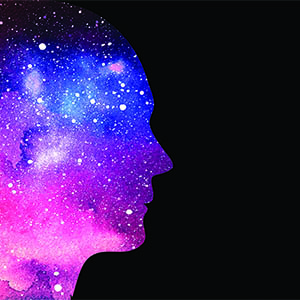Here's how to reach us if you're in the following countries:
| Country |
Prefix |
| Australia |
0011 |
| Ireland |
00 |
| The Netherlands |
00 |
| New Zealand |
00 |
| UK |
00 |
Customer Service: 800.5683.4357 or 800.LOVEHELP
Get a Reading: 800.4674.4487 or 800.INSIGHTS
For example, if calling from the UK you would dial 00.800.4674.4487.
If you are outside the countries listed above, please call 215.322.2222 then dial 0 and speak with a friendly Customer Care Representative.

